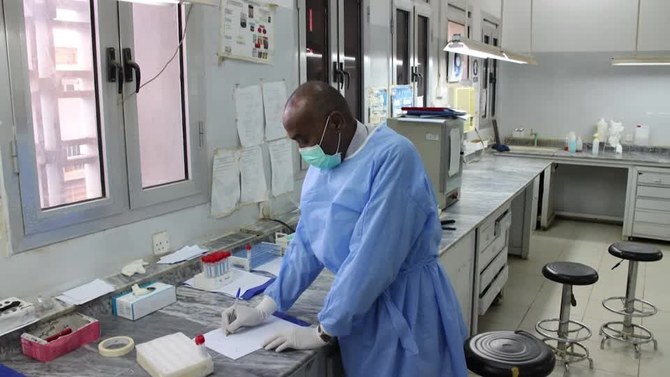Matt Ridley
Last week a horrifying report emerged from Khartoum, where poor Sudanese civilians are being terrorised by internal conflict. Fighters had seized a biological laboratory that houses samples of measles and cholera. It was said that power cuts may threaten the safe containment of those samples. That’s a worrying enough statement at the best of times, but set against the worldwide proliferation of biological facilities, where risky pathogens are stored and studied, and after a lethal pandemic that may well have begun in a lab, it is an alarming harbinger.
Since the emergence of Covid, more than a dozen high-level biosafety laboratories (more serious than the one in Khartoum) have opened, or are set to open, around the world. The rush to build such labs started 20 years ago in the wake of the Sars epidemic and this has significantly increased the risk of dangerous and sometimes novel viruses or bacteria leaking accidentally. The list of serious outbreaks suspected to be caused by such leaks over the decades is a long one, involving smallpox, anthrax, influenza, Sars, Covid, foot and mouth, brucellosis and others. Yet there remains little formal international mechanism for registering, let alone policing, such labs to ensure they adhere to high safety standards. Advertisement
Unlike nuclear facilities, biological labs are subject to inconsistent global rules. As Alison Young reports in her new book, Pandora’s Gamble: “The governance structures around the world are a hodgepodge of biosafety and biosecurity guidance, institutional self-policing and fragmented regulatory oversight systems. Nobody is tracking how many or which labs around the world maintain collections of the most dangerous pathogens – either natural or man-made – nor does anyone know how many labs are engaging in experiments that are making pathogens more dangerous.” But an accident is not the only worry. While it remains highly unlikely that the governments of America, China or most other countries would deliberately release a dangerous virus, the same reassurance cannot be applied to rogue regimes such as North Korea. The rogues that ran the Soviet Union, after all, researched how to use pathogens such as anthrax as weapons. Bad actors today have undoubtedly noticed not only how easy it was to bring the world economy to its knees in 2020 with a highly infectious but not highly lethal virus. They have also noticed how ineffectual the World Health Organization (WHO) has been at investigating how the pandemic began and how reluctant Western scientists were to admit the possibility that a pandemic began with a lab leak, let alone a deliberate release.
The evidence for that hypothesis has just got stronger. A last-gasp attempt by Western scientists to implicate the market in Wuhan rather than a lab suffered a blow this week when US virologist Jesse Bloom revealed that raccoon dog samples in the market were negatively correlated with the virus. The risks around biological research have grown enormously in recent years. Scientists have learned how to alter the infectivity of viruses and expand the range of animals they can infect. Synthetic biology allows them effectively to email viruses around the world: it was reported that Sars-CoV-2 first reached Switzerland over the internet, in the form of a live virus grown (safely) in a Swiss lab from an online genetic sequence, two weeks before any human cases reached the country. With the right contacts, a terrorist based in one country could now start an outbreak in another. The WHO said there was a “high risk of biological hazard” at the laboratory in Khartoum. Not only did Covid show us the danger of a lack of lab security and governments’ limited capacity to respond to this threat, but the potential lab leak cover-up means there has been little or no serious debate about the global peril of viruses escaping from captivity.







